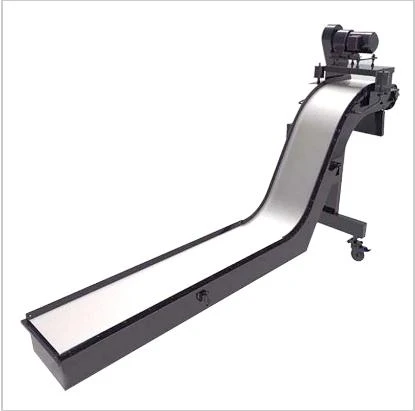Steel Drag Chains for Efficient Material Handling and Industrial Applications
The Advantages and Applications of Steel Drag Chains
In the realm of industrial machinery and automation, the importance of efficient and reliable cable management cannot be overstated. One of the most effective solutions for this challenge is the utilization of steel drag chains. These robust structures are designed to protect and guide cables and hoses in dynamic applications, offering numerous advantages over traditional cable management systems.
What are Steel Drag Chains?
Steel drag chains, also known as cable carriers or energy chains, are articulated structures that support and guide cables, wires, and hoses as they move with machinery. Typically constructed from high-strength steel, these chains are built to endure harsh environments and demanding conditions. Unlike their plastic counterparts, steel drag chains boast superior durability and can withstand extreme temperatures, abrasions, and heavy loads.
Key Advantages of Steel Drag Chains
1. Durability and Longevity One of the most significant benefits of steel drag chains is their durability. They are engineered to last longer under rigorous conditions compared to plastic chains. Steel can resist wear and tear, making it an ideal choice for industries that require frequent motion and heavy use.
2. High Load Capacity Steel drag chains can support heavier loads than plastic alternatives. This is particularly beneficial in applications where large amounts of power, data, or fluid need to be transmitted simultaneously. The strength of steel enables these chains to handle the stress of rigorous operations without failure.
3. Temperature Resistance The thermal stability of steel allows these drag chains to function effectively in extreme temperatures. Whether in hot foundries or cold storage facilities, steel drag chains maintain performance and integrity where plastic might not hold up well.
4. Safety and Reliability When it comes to equipment operation, safety is paramount. Steel drag chains significantly reduce the risk of cable damage due to their protective design. They minimize the chances of entangled cables and ensure that operations run smoothly without unexpected interruptions, contributing to a safer workplace.
steel drag chain

5. Resistance to Chemicals and Environmental Factors Steel drag chains can withstand exposure to various chemicals, oils, and solvents, making them suitable for use in multiple industries, including automotive, aerospace, and manufacturing. Their rugged construction also allows them to endure challenging environmental conditions such as dust, moisture, and extreme UV exposure.
Applications of Steel Drag Chains
The versatility of steel drag chains makes them applicable in a range of industries
- Manufacturing In assembly lines and automated production environments, steel drag chains manage cables for robotic arms, conveyors, and machinery, ensuring uninterrupted operations.
- Automotive Industry Steel drag chains are employed in automotive assembly lines where precision and movement are critical. They help organize and protect the extensive wiring and pneumatic systems essential for vehicle assembly.
- Aerospace In the aerospace sector, where safety and reliability are crucial, steel drag chains are used to manage wiring and hoses in aircraft systems, ensuring long-term stability under extreme conditions.
- Construction Equipment Heavy machinery such as cranes and excavators uses steel drag chains to protect the cables and hoses necessary for operation, improving mobility and reducing wear.
Conclusion
In summary, steel drag chains represent an invaluable component in today's industrial landscape. Their robust properties, including high load capacity, temperature resistance, and durability, make them an excellent choice for cable management systems. As industries continue to evolve, the need for reliable and efficient solutions becomes increasingly critical, positioning steel drag chains as a key player in the future of machinery and automation. Whether it’s in manufacturing, automotive, aerospace, or construction, these chains provide the foundation for safe and effective operations, proving that the right cable management solution can significantly enhance overall productivity.








